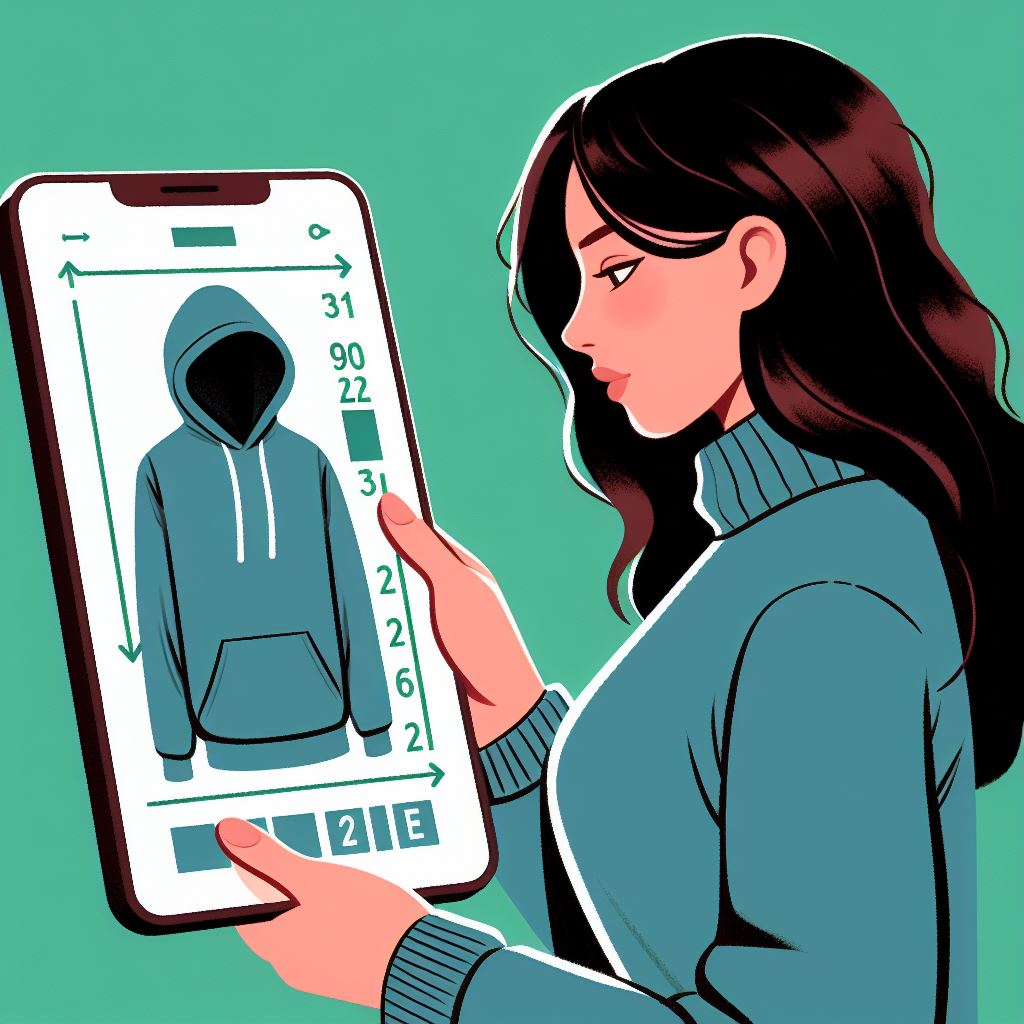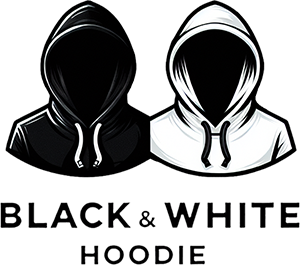
Is Wearing a Hoodie a Sign of Depression? Let’s Get Real About This
Trying to decode teenage behavior can be straight-up confusing, am I right? Especially when it comes to their fashion choices. Like, what’s with some teens wearing hoodies 24/7? As a parent, you might be wondering: is my kid depressed or just going through a phase? Valid question. This is a tricky topic, so let me break it down for you.
The Hoodie and Depression Link – Is It a Thing?

Depression is no joke – it’s a serious mental health issue that often flies under the radar. Shockingly, about 17% of teens suffer from major depressive episodes each year. These aren’t just bad days – we’re talking can’t get out of bed, failing school, withdrawing from friends kind of serious. So it makes sense why parents want to keep an eye out for potential red flags, like living in a hoodie.
But hold up. Just because a teen is always rocking a hoodie doesn’t automatically equal depression. There’s usually more to it than just the outfit. Teens wear hoodies for all kinds of reasons – style, comfort, cold classrooms, convenience. For some, it might provide a sense of security, like a protective bubble. But you can’t assume it’s a definite sign of depression. That’s oversimplifying a complex issue.
The Psychology Behind the Hoodie Habit
Wearing a hoodie a lot can represent the need for comfort, privacy, and security. It’s like wrapping yourself in a warm hug or putting on armor to face the world. For teens struggling with depression, it can help create a retreat from social anxiety and other difficult emotions. But again, you’ve gotta look at the whole picture before concluding the hoodie = emotional issues.
Spotting Depression: More Than Fashion Choices
There are a bunch of other symptoms that are much clearer indicators of potential depression in teens. We’re talking:
- Major changes in sleep – sleeping all day or barely at all.
- Losing interest in stuff they used to love, like sports or gaming.
- Appetite and weight fluctuations.
- Constant vague physical complaints – headaches, stomachaches, etc.
- Increased irritability and restlessness.
- Pulling away from friends and letting hygiene slide.
If you notice those issues on top of the hoodie habit, it could signal there’s something more serious going on mentally. In that case, it’s so important to get your teen professional help for a proper diagnosis and treatment plan.
Parental Panic: Phase or Problem?
It’s tough as a parent to know whether your teen’s behavior is just a passing phase or a sign of depression brewing. Phases usually pass in a couple of weeks. Depression persists and interferes with their ability to function. If those symptoms last longer than two weeks, it’s time to call in an expert. Also, depression can go hand-in-hand with other issues like anxiety and substance abuse. A professional assessment is crucial.
If you suspect depression, communicate openly and encourage them to share their feelings. Guidance from a therapist or counselor is key, too. Being patient and understanding as a parent makes a huge difference in addressing these challenges.
Teen Behavior 101: More Than Hoodies
Here’s the key point – clothing is just one piece of the puzzle when it comes to understanding teens. Sure, some use hoodies to express themselves or feel safe. But that alone doesn’t prove depression. You’ve gotta look at the full range of behaviors and emotions to get a sense of their mental health.
Fashion Psychology 101
How teens dress, including living in hoodies, may reflect their mood or desire for comfort. But many factors are at play – personal style, social norms, and even the weather. It’s risky to make assumptions about mental illness based solely on their outfit choices.
Parenting with Awareness: Spotting the Signs
As a parent, you play a huge role in noticing signs of depression and taking action. Keeping open communication with your teen is so important – encourage them to open up about their thoughts and feelings. Also, be on the lookout for changes in mood, grades, and friendships. All potential clues.
If you suspect depression, getting professional help is essential. Therapists can provide a complete evaluation and recommend treatments. Being patient, understanding and supportive as a parent makes a world of difference in navigating these challenges.
A Full View of Teen Mental Health
Looking out for just one thing, like hoodie-wearing, provides an incomplete picture of teen mental health. You’ve gotta look at family relationships, social life, academics, trauma history – all the factors impacting their well-being. Regular check-ins, fostering trust, and knowing mental health resources allow you to truly support teens.
The Takeaway: Holistic Help for Teens

While clothing choices can reflect a teen’s state of mind, hoodie-wearing alone doesn’t definitively indicate depression. You need a holistic view of behaviors, emotions, and their life circumstances. It’s so important to stay observant, empathetic, and proactive as a parent or teacher if you have any concerns. Every teen is unique in how they cope.
Being attentive, willing to seek professional help when needed, and providing a strong support system – that’s how you can best set up teens for mental wellness and fulfillment. This stuff isn’t easy, but with the right help, teens can thrive even through the toughest times.


Leave a Reply